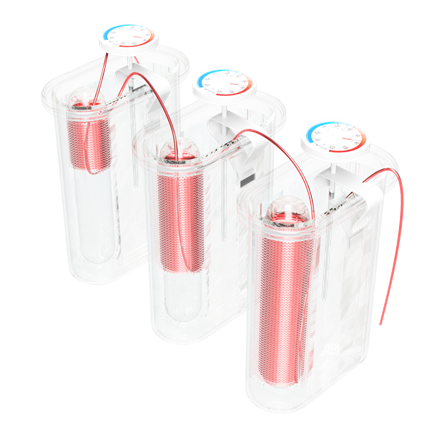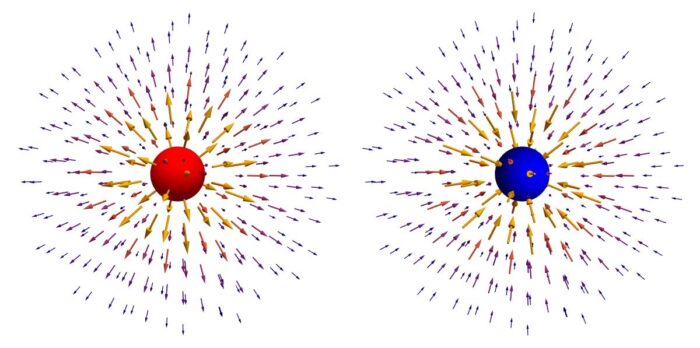A Quantitative Path for Power
In 1841, James Prescott Joule created resistors from wires wound around glass rods. This was two decades after Georg Ohm’s experiments with lengths of wire, and before Ohm’s work was transformed into what we know today as Ohm’s law. Joule kept the diameter of the wire constant and varied the number of windings. He knew the ratio of resistances accurately, even without knowing the actual resistance of each wire. Joule submerged his wire-wound resistors in water containers and connected them in series with a tangent galvanometer and a voltaic pile (battery).
The result of Joule’s experiment is the familiar relationship between heat, resistance, and current.[1]

Where Q is the heat delivered to the water, I is the current (as measured with a galvanometer), and R is the resistance of the wire-wound resistor.
Ohm’s Law As We Know It Today
It wasn’t until 1849 that Gustav Kirchoff rewrote the findings of Ohm’s experiment by realizing that τ is current, a is ∆V, and b+x is the resistance of the system R.
Joule’s experiment is independent of Ohm’s experiment.

Where I is current, V is the potential difference, and R is resistance.
Kirchoff introduced the current version of Ohm’s Law, not Georg Ohm. Devices that show a direct-proportional relationship between potential difference and the product of current and resistance are termed “ohmic.”
Ohm’s law shows a direct-proportional relationship between current and potential difference – it intercepts the graph at (0,0). That means there is no minimum potential difference required to create a current in a conductor. Separate from that finding, Joule’s Law shows that all of the work done to displace charge carriers in a purely resistive circuit goes increases the internal energy of the conductor. There’s no reason that has to be the case, it’s just what nature deems so. But that finding has nothing to do with Ohm’s law. The two findings were developed independently.
Footnotes:
(1) Page 202 of Arnold Arons “Teaching Introductory Physics” Section 7.6 https://books.google.com/books?id=HpTuAAAAMAAJ



